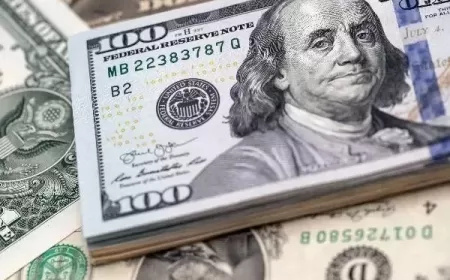Chen Tianshi’s Net Worth Estimated at $23B After US Chip Restrictions
US restrictions on advanced chips reduce foreign supply in China, increasing demand for Cambricon processors and placing founder Chen Tianshi’s net worth near $23B.

When Cambricon Technologies lost its biggest customer in 2019, the company looked like it was heading toward a difficult future. Huawei, which had accounted for almost all of Cambricon’s early revenue, shifted to developing its own processors, leaving the young chipmaker without its main source of business.
That setback became far less damaging once the United States restricted China’s access to high-end semiconductors. The export limits created a shortage of advanced processors in China, and government agencies and major companies were guided to rely more heavily on domestic suppliers. Cambricon, which had struggled to compete with foreign chipmakers in the open market, suddenly found itself in a position where Chinese firms needed local alternatives.
Cambricon’s share price has risen sharply over the past two years. With roughly 28% ownership, founder Chen Tianshi’s net worth has climbed to about $22.5 billion. The increase puts him among the richest entrepreneurs of his age in China’s technology sector.
The company’s rapid rise has raised questions among analysts about how much of its success is tied to technology and how much comes from a shift in policy. Cambricon itself has cautioned investors in regulatory filings that U.S. restrictions continue to limit its access to certain tools and that expectations should remain realistic as the company works through technical challenges.
Reports in the local market have pointed to a new processor, the Siyuan 690, though it is generally understood that the chip remains behind the performance levels of leading global products. Cambricon has not provided detailed public timelines for when the processor will reach full commercial deployment.
Chen’s background traces back to China’s state-supported academic system. Born in 1985, he was admitted to a specialized student program at the University of Science and Technology of China and completed a doctorate in computer science. He and his brother later joined the Chinese Academy of Sciences, where their research on AI acceleration first gained attention. The chip design that became Cambricon was introduced during their work there and later spun off into the company founded in 2016.
The firm gained early recognition in 2017 when its technology appeared in one of Huawei’s smartphone models, but the cooperation ended two years later. Cambricon shifted its focus to chips for cloud servers and edge devices, a direction that later aligned with China’s push for domestic hardware.
Cambricon entered the STAR Market in Shanghai in 2020 and spent several quarters operating at a loss before achieving its first profitable period at the end of 2024.
The company was added to the U.S. entity list in 2022, restricting its access to certain American technologies. However, as Washington expanded its export rules to cover high-performance chips from global suppliers, Chinese firms began sourcing more components from local manufacturers. This change gave Cambricon a steady stream of new demand over the past year.
Competition within China has also increased. Several domestic chip companies are preparing for market listings and expanding their own product lines, creating a crowded field of local AI hardware developers. Even so, Cambricon remains one of the most visible names in the country’s semiconductor sector during a period of rapid change.
Also Read: Nvidia CEO Jensen Huang Says Company Won’t Sell Blackwell AI Chips in China





























































